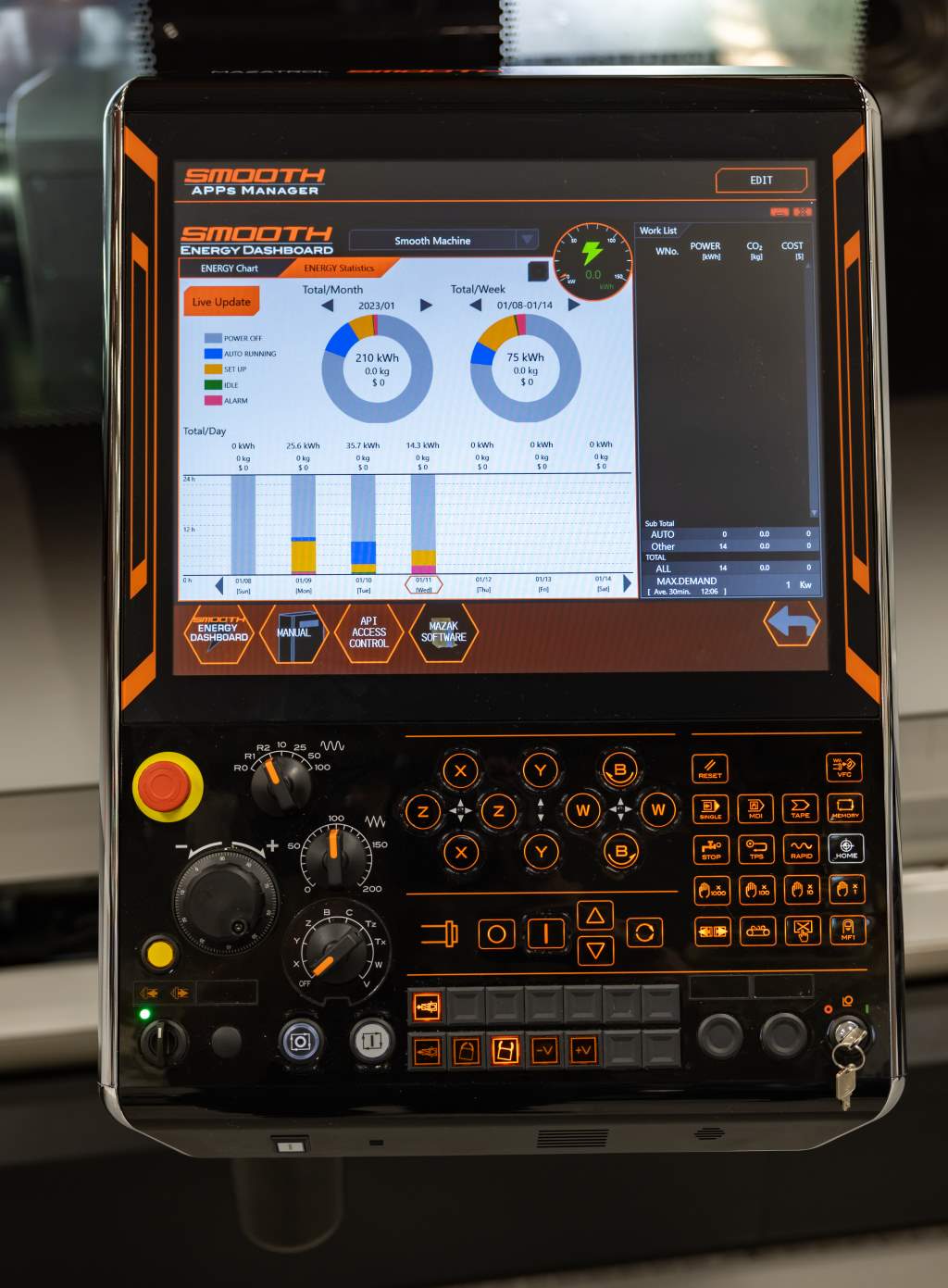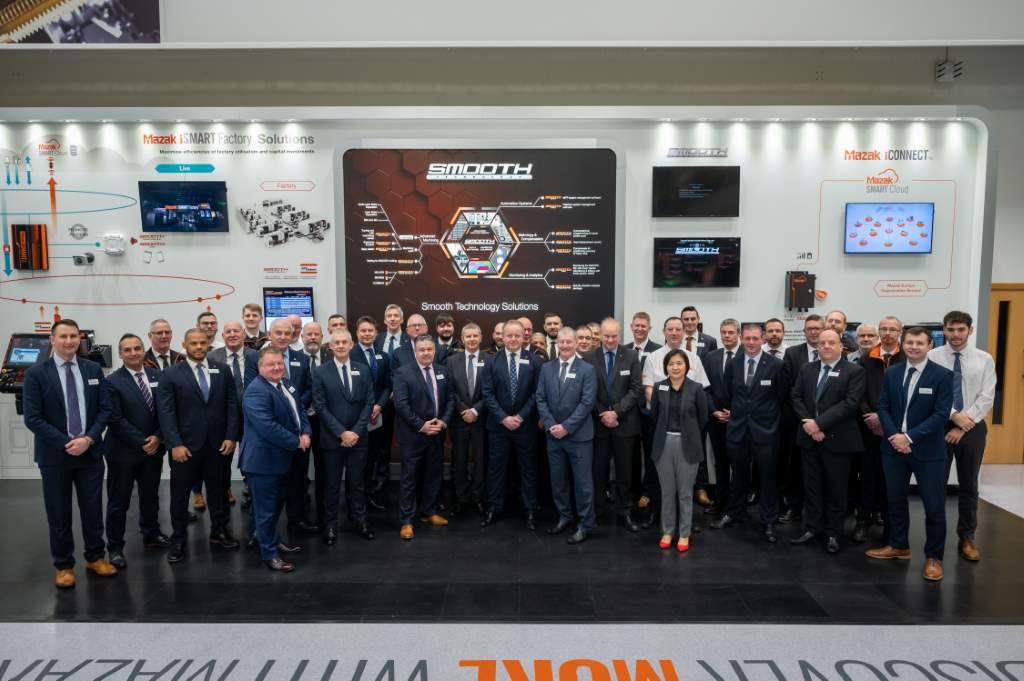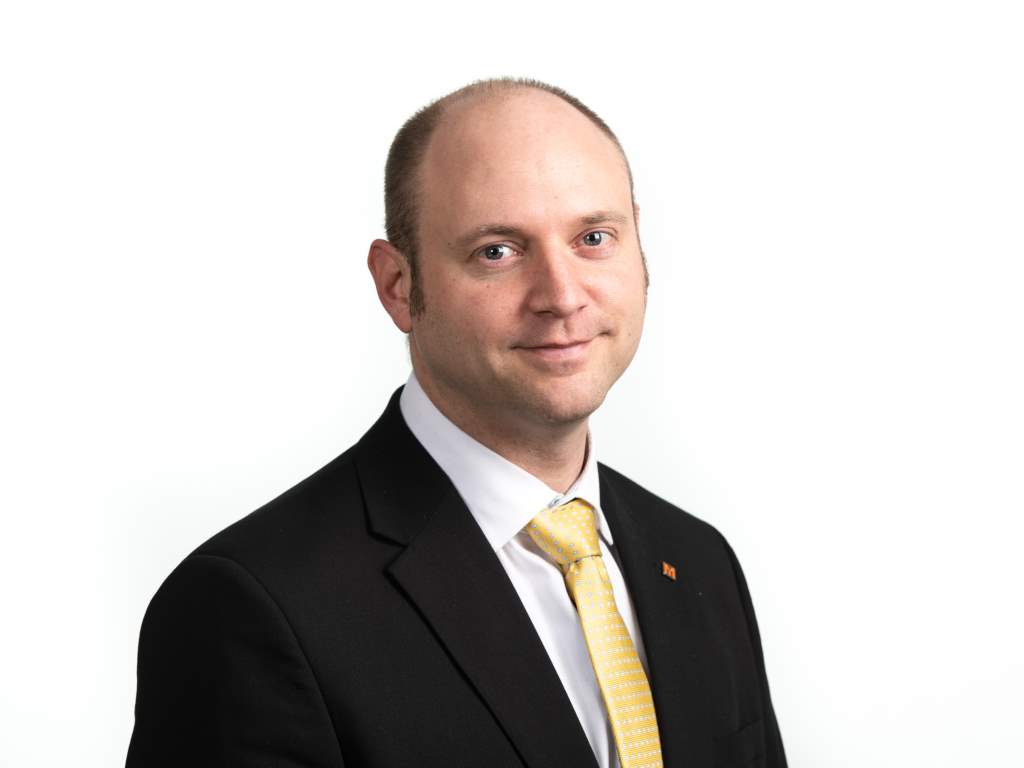Mazak: leading the way in sustainable manufacturing

For businesses and individuals alike, protecting the environment through the reduction of carbon emissions and greenhouse gases is the most important challenge the human race faces today. Indeed for manufacturing companies selling products into the marketplace, orders will be won and lost not just on price, availability and specification, but also on the carbon footprint of those products. With its Go Green business philosophy, Mazak is ahead of the curve, factoring sustainability into all its operations. Dave Tudor reports.
The United Nations (UN) defines sustainability simply as ‘meeting the needs of the present without compromising the ability of future generations to meet their own needs.’
Succinct and concise unquestionably, but as is often the case, the actual execution of the statement in practical terms is much easier said than done. Metalcutting, where one piece of material (the cutting tool) forcibly removes material from another (the part being machined) by design requires substantial amounts of energy.
Global climate change conferences like COP 26 (Glasgow 2021) and COP 27 (Sharm el-Sheikh in 2022) do little to help on the ground. While they offer plenty of bluster, sweeping top level objectives and lip service, there’s actually very little that filters down in the form of legislation and guidance for businesses which is disappointing.
“At the end of the day, governments have two options when it comes to businesses,” asserts Greg Cocks, senior manager of European sales engineering at Mazak. “They can incentivise sustainable development or tax the overuse of carbon. At the moment they’re not doing either particularly effectively.”
By default, machining will always be a carbon producing process to some degree, but forward-thinking companies like Mazak are proactively reducing the carbon footprint of their factories, processes and products globally.
“Organisations of any size, but particularly larger companies like Mazak, have a duty to factor in Sustainable Development Goals (SDGs) into their daily business,” Mr Cocks affirms.
“However, with the legislation not being finalised, this is open to abuse with some companies adding a token ‘green element’ to their marketing endeavours purely in an attempt to boost their market share. Mazak has always been very conscious of ‘greenwashing’ – which is why in the development of all our strategies and products, the claims we make are all measurable. If we can’t prove it, we won’t say it.”

The establishment of the Go Green strategy comes from the very top at Mazak. Despite its considerable size and global reach, at heart the company is still very much a family run business – and with no shareholders to appease, the commitment to reducing its carbon footprint is underpinned by a strong cultural philosophy that it’s simply the right thing to do.
This in turn should also benefit the business commercially: “In recent months, we’ve seen an increase in the number of customers, particularly at Tier 1 and 2, who are asking for more information about our sustainability policies and objectives,” Mr Cocks adds. “It’s clear that as time progresses, this will become an ever more important element in capital equipment purchasing decisions.”
Expanding the scope of sustainability
The most widely adopted measurement of a company’s efforts towards carbon reduction are based on the Greenhouse Gas Protocol which has three scopes, 1, 2 and 3. Scope 1 covers the DIRECT carbon emissions that a company produces – examples being burning fuel in a fleet of company vehicles or emissions from heating systems via a chimney.
Scope 2 is INDIRECT and covers emissions produced from the consumption of purchased energy like electricity. For Mazak, this would include lighting, heating and the energy used in the actual production of its machines.
Getting meaningful data for Scope 3 is altogether more convoluted and complex. It’s not specifically about indirect emissions caused by the company itself but by those that it’s responsible for up and down the supply chain. An example is the lifecycle (cradle to grave) of products purchased from suppliers – how they’re sourced, transported, used and ultimately disposed of. Essentially, these are emissions from sources that don’t fall within Scope 1 and 2 boundaries.
“The efforts Mazak makes to reduce our carbon footprint, aside from efficiencies implemented in the factory (Mazak Worcester is ISO 14001 approved), are to re-engineer our machines to reduce our customers’ Scope 2 emissions,” Greg Cocks explains.
“From our customers’ perspective, machine tools are incredibly recyclable at their end of life; so what we have to ensure is that everything we use to build our machines – component parts and processes – is optimised in terms of sustainability.
“Because we produce up to 100 machines a month here in Worcester – and more through our 10 manufacturing plants globally – the biggest impact we can have as an organisation is to make the machines we produce more energy efficient – and we’re exceptionally focused on this aspect of our business.

“It’s quite a challenge,” he adds. “There’s not much we can do about the cutting process itself – a piece of carbide being driven through a steel billet for example will always take a certain amount of energy – but we’re focusing on the aspects we can change like peripherals – in other words, how can the machine in its ready to cut state have a reduced energy consumption?
“Aside from the fundamental cutting process, the three big energy consumers on a machine are the air, coolant and hydraulic systems so we’re working closely with our suppliers to make improvements in these areas – using pumps with inverters for example.
“Also – particularly pertinent as energy is so expensive at the moment – we’ve developed software that powers down sub-systems on the machine when they’re not being used.”
Factoring in sustainability
As a manufacturer of a certain size, Mazak is legally required to register a measurement of its carbon footprint with Companies House. Currently, that figure is based entirely on a Scope 2 assessment. A Scope 3 assessment, because it involves input from all levels of the supply chain, is massively complex and time-consuming to establish but Mazak is actively working on new technologies and systems to help simplify the process.
“With little help or direction from the Government, this is something we’re driving internally,” Mr Cocks affirms. “We’re proactively investing time, money and resources into this because we believe it’s important to stay ahead of the game.”
Mazak’s two overriding corporate objectives are clear: in the time period from 2010 to 2030, it aims to reduce the carbon footprint of the entire organisation by 50%. At machine level, in the same timeframe, energy consumption will be reduced by a total factor of four.
Sustainability is woven into the very fabric of Mazak’s new machine development process. This could be the development of a new machine from scratch or the upgrade of an existing model. There’s an eight-stage step process which encompasses everything from the initial assessment of the marketplace (product viability) through to prototyping and ultimately full production.
At each and every stage, there’s a thorough assessment made by the team before progressing onto the next – and that assessment includes detailed calculations regarding potential CO2 emissions: “Effectively, this means we can’t move on with a new design of machine tool unless we’ve met the required criteria for sustainability,” Mr Cocks states.

Transforming the future
Continuing on the sustainability trail – all new machines designed at the Mazak site in Worcester are now transformer-less.
Transforming power from 400V down to the 200V required in the US and Asian markets results in up to 6-8% loss of power mainly through electromagnetic discharge and heat. Now, all new machines designed in the UK operate at 400V natively. Transformers are heavy beasts as well so removing them helps to keep the overall weight down for transportation purposes.
On specific machine ranges the carbon footprint reduction figures speak for themselves. On two new machines – the QTE 300 SG from the QTE range of turning centres and the Variaxis i-800 NEO 5-axis machine from the NEO series, carbon reductions of 7% and 22% have been achieved respectively.
On the NEO, most of the savings have been made through clever use of inverters and servo drives; on the QTE, operation can run entirely without compressed air which is a high energy drainer. In general however, energy savings have been made in a number of different areas: Smart LED lighting, reduced footprints (while maintaining machining envelope sizes), linear guide lubrication systems and various power saving modes.
Operationally, all real-time energy usage data is accessible – both on-machine and remotely – via the optional Smooth Energy Dashboard module. This can be used to measure energy use across an entire shift for example, but also on a specific part or component.
At the moment, the Energy Dashboard is optional as a bolt-on to the Smooth CNC, but in the future Mazak has plans to incorporate it into its iConnect platform. Mazak iConnect enables customers to be able to access important information about their specific machines, but it also allows Mazak service and applications staff to access client machines remotely for servicing, support and diagnostic purposes.
Mazak
www.mazakeu.co.uk















